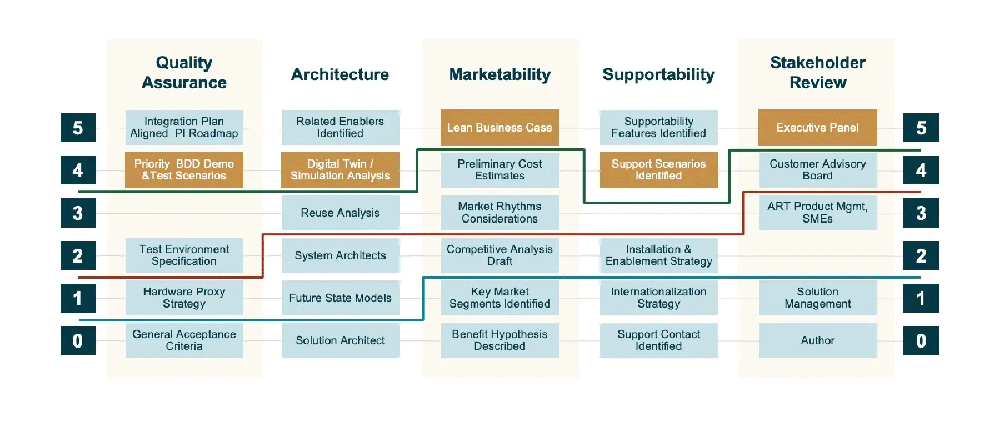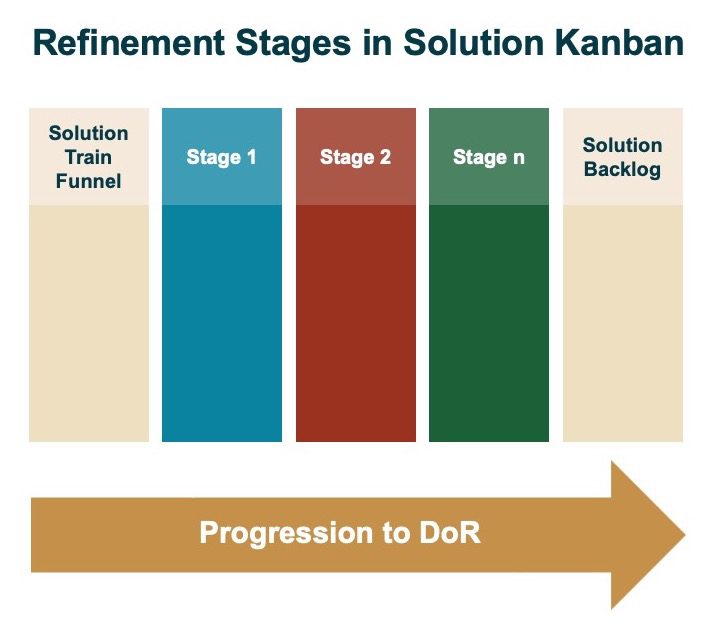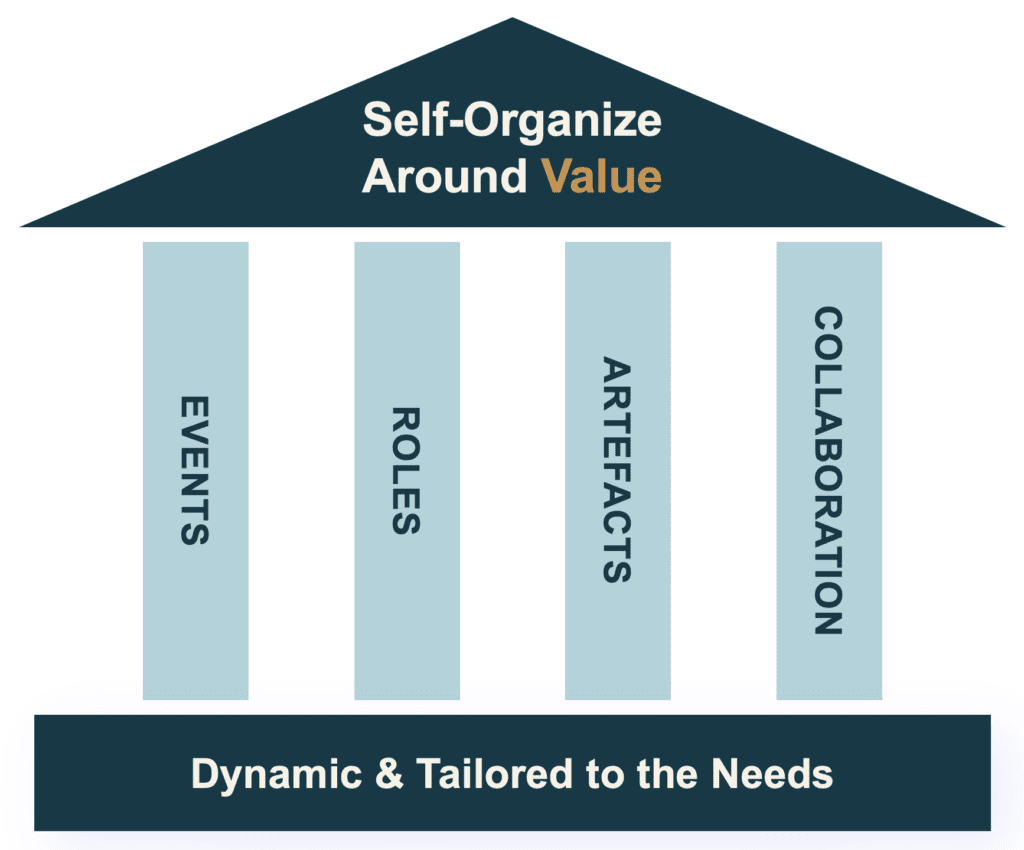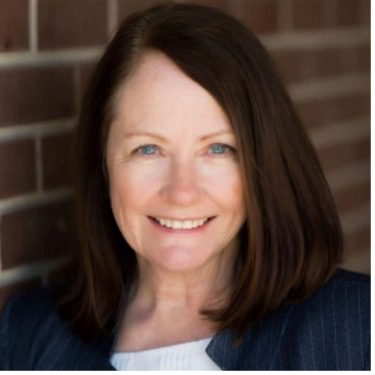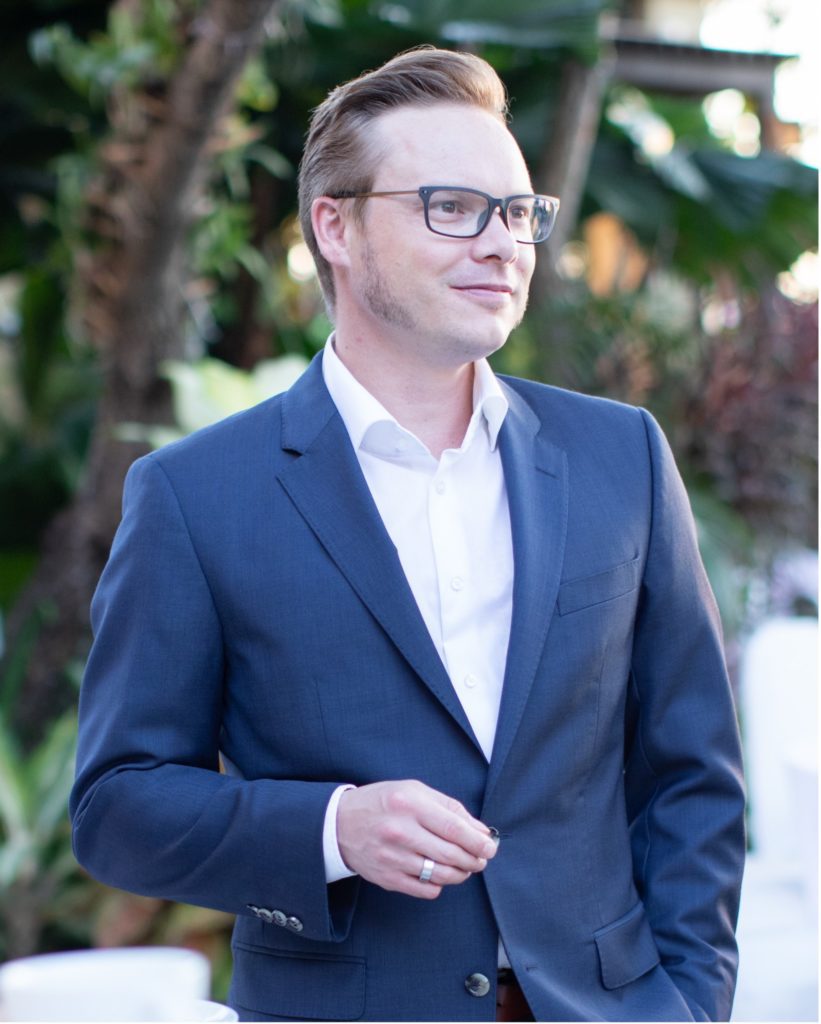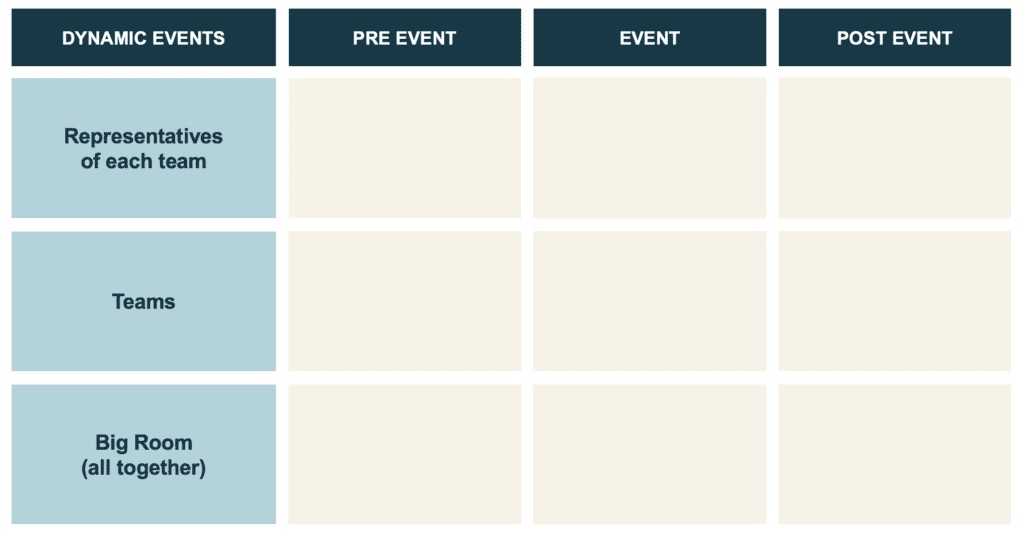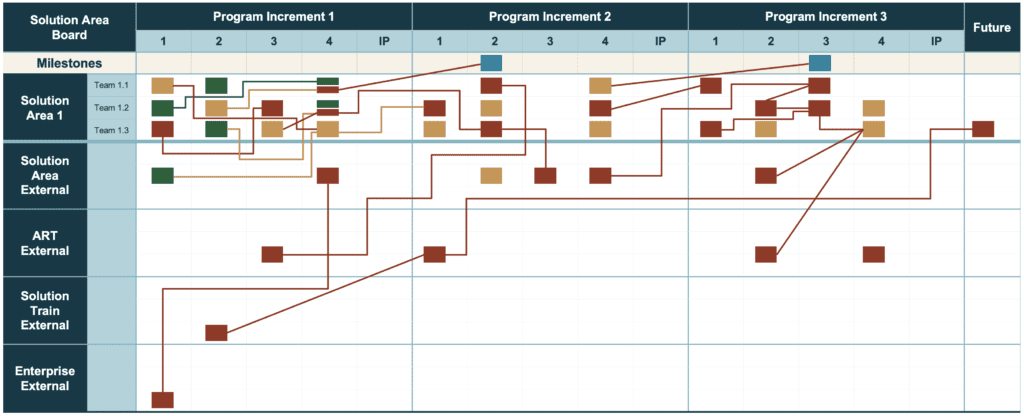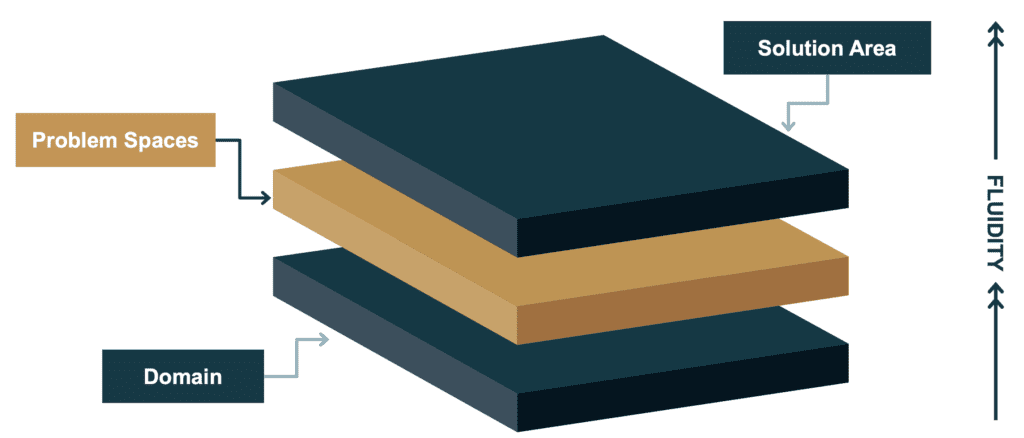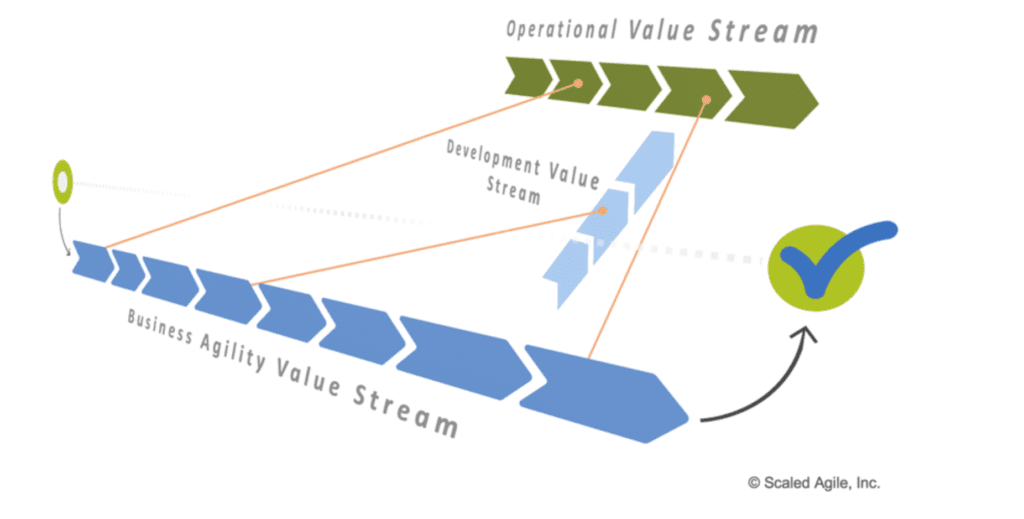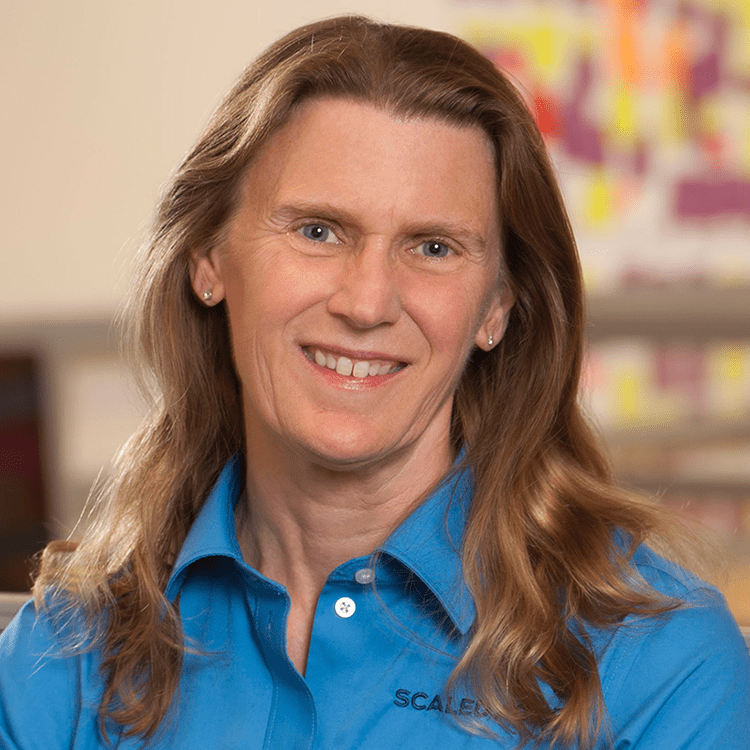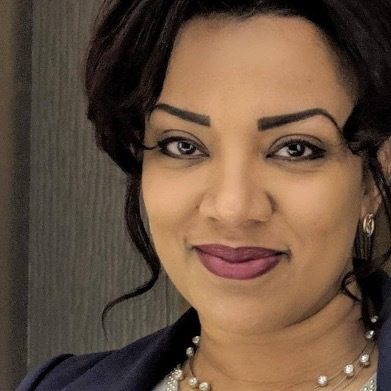It’s incredible that the Scaled Agile Framework® (SAFe®) is now 10 years old, and the Agile Manifesto is now over 21 years old. What began in software development is now expanding to encompass the entire enterprise, changing how people work and how every aspect of business is run.
In the last few years, the COVID-19 pandemic has accelerated the need for and execution of digital transformation. Yet, many organizations are still struggling to get business results from their investments or haven’t made them at all.
To compete in this new era, these companies must look at agility as a core business competency. Many of these traditional organizations are looking for a playbook they can follow as they embark on their agility journeys. In my experience, organizations come from one of the following contexts:
- The organization has done a successful pilot (typically with a small number of Agile teams) and now wants to scale to the rest of the business unit or line of business (which is NOT yet Agile)
- An organization wants to implement SAFe to address its defined burning platform
- A consultant has done an assessment and recommends initiating an Agile transformation
- Some combination of the first three
Regardless of an organization’s starting point, it’s important to understand the current state of transformation and validate assumptions with due diligence before creating a path forward.
Before beginning, perform due diligence
For a transformation to succeed, it’s crucial that organizations articulate the “why” tipping point for their journey before they begin. In addition, it’s important for organizations to gather data points to validate any success patterns they have experienced using the SAFe Implementation Roadmap. Some of the questions to ask regarding this due diligence (in no particular sequence) include:
- What change agent and team member training is completed and planned?
- What is the current state of the foundational building block (Agile team)?
- Which steps of the SAFe Implementation Roadmap have been completed?
- Which SAFe configuration are you using and why?
Answers to these powerful questions bring organizations clarity about the purpose for their transformation and alignment through awareness of their true current state.
Kick-start the Transformation with This Approach
Various factors influence the decision to move forward with a SAFe implementation. For more traditional organizations with a waterfall or hybrid mindset, unaligned ways of working, and inconsistent terminology interpretation, the below transformation approach can help shape their paths.
Create and measure a maturity baseline
Having a simple maturity model without new terminology is crucial, and organizations should define one that works for their context. HCL Technologies, a next-generation global technology company, designed a maturity model (see Figure one) to set a baseline in a traditional organization, business unit, or line of business. This model, which can be tweaked given the client’s context, captures key characteristics of an organization on various dimensions.

Keep in mind that in many situations, assessment “fatigue” is also real. So it’s critical to design and administer maturity measurements effectively with minimally invasive approaches, including the right combination of:
- Interviews (one-on-one and/or in group settings)
- Observations from attending various meetings
- Simple assessments (eight to nine questions)
Putting it into practice: evidence from the field
HCL requested to lead the transformation for a client in the health industry using a hybrid SAFe methodology. The client organization had six ARTs and over 400 people involved in development, testing, and support. By conducting role interviews (Architect, RTE, Product Management, executive leadership, and so on) at various levels of the organization, HCL gathered the necessary data points to set a baseline for the client’s maturity level.
HCL also conducted 18 detailed, one-on-one interviews and observed several ongoing meetings and events for three weeks. They used a similar maturity model to Figure one, which helped establish alignment for priority and focus areas.
When another client organization in the pharmaceutical industry assessed the workforce enablement dimension of its current state, it found no or inconsistent use of tooling. Upon discovering this, leadership aligned and identified tooling as an opportunity and key enabler for the company’s digital strategy execution.
Script the critical moves
With relevant data points from baseline measurements, highlight the bright spots and rationalize target maturity level with relentless socialization for buy-in and alignment. Defining building blocks, or pieces of work, is the next key element in this approach, with categories like:
- Organizational readiness
- Content readiness
- Logistics and planning event readiness
- Enablers
Putting it into practice: evidence from the field
One of the crucial aspects of making this approach palatable for the health industry client was meeting the client where they were. Providing maturity model dimensions mapped to proven PI readiness success patterns helped accomplish that and reduced the cognitive load of transformation change because the client didn’t have to learn new terminology.
Data points from the maturity assessment findings helped the client prioritize specific readiness aspects before the first PI Planning event. Here are some examples of these readiness aspects:
- Case for change and communication strategy (organization readiness)
- Capacity allocation for various work types (organization readiness)
- Capacity allocation of subject matter experts for enablers (content readiness)
- Team topology at the ART and team levels (organization readiness)
- Training and workshops, including SAFe® for Teams, before PI Planning (enabler)
The transformation team at the pharmaceutical client’s organization prioritized standardized tooling by implementing Jira Align at the enterprise level. This tool provided a central location for all work and enabled visibility of all work types.
Shrink and scale the change
After the building blocks are designed, the next key element is to “shrink the change” to reduce business disruption. Building blocks provide the opportunity to shrink change and make it more digestible. Initial success as small as one ART motivates the broader organization and provides a blueprint for replication.
Design building blocks in a way that provides the flexibility to shrink change first and scale from one ART to multiple ARTs or from Essential SAFe to Full SAFe later. Based on complexity, baseline maturity level, solution size, and development value stream(s) involved, the organization can establish either:
- Eight to 12 weeks of runway preparedness (see 10 weeks translated into five iterations in Figure two) or
- Eight to 12 weeks of executing a readiness plan before the first official planning event launch
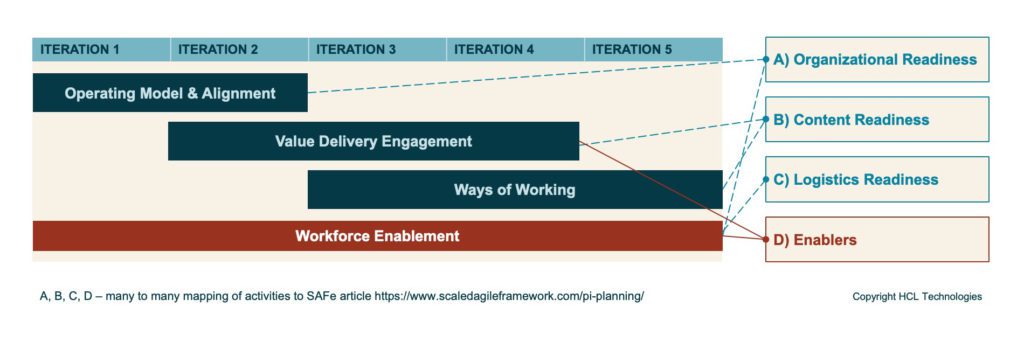
Putting it into practice: evidence from the field
After prioritizing readiness building blocks for organization readiness, content readiness, and enablers, it took 10 weeks for the health industry client to create and socialize the readiness plan and align stakeholders. It took an additional 10 weeks to implement the plan. Once this client implemented backlogs and boards to visualize their work, they experienced improved coordination and dependency management and better visibility and transparency across ARTs.
Before implementing Jira Align at the pharmaceutical organization’s enterprise level, the organization’s transformation team developed an implementation roadmap, which included multiple rolling wave phases across the program and portfolio.
Experience Benefits without a New Language
While there is value in using SAFe toolkits and resources, those require an understanding of SAFe terminology. For traditional organizations that prefer to begin their transformation journey without learning a new language, the steps outlined above have generated desirable outcomes with reduced risk.
Putting it into practice: evidence from the field
As a result of this transformation approach, the healthcare client experienced the following positive business outcomes:
- A single solution backlog across all ARTs of the solution train, a focus on enablers, and improved overall flow
- Improved defect resolution lead time by 35 percent
- Changes in value delivery and ways of working, specifically a QA shift left, resulting in quality improvements of 27 percent in lower environments
- Crucial data points to strengthen the business case for traditional software development life cycle (SDLC) to move toward Agile SDLC through lean governance and process automation for better user experience
The pharmaceutical client experienced the following positive business outcomes from its enterprise-level Jira Align implementation:
- Agile teams supported in capacity allocation, overall planning, and road mapping activities
- Predictable delivery with fully aligned organizations across every level of scale
- Aligned strategy through a federated, unified platform spanning program, product, portfolio, and development team layers (level of scale).
